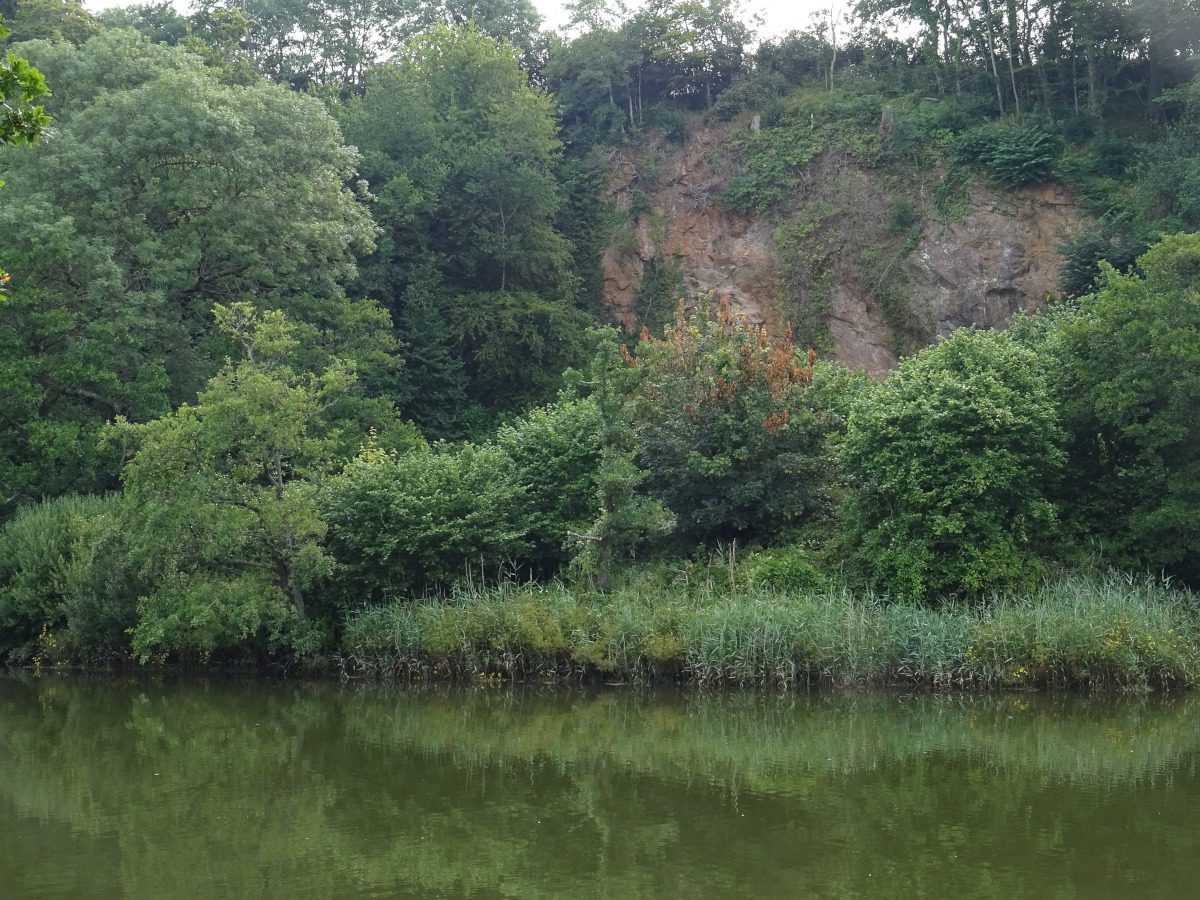
The Rivers Trust Annual Conference in early April highlighted the need for urgent, joined-up solutions to tackle harmful algal blooms and the surrounding issues affecting the health of rivers and communities.
Hosted online, the conference – titled A Bloomin’ Disaster: The Causes and Costs of Blue-Green Algae – brought together experts from across Ireland, UK, Europe and beyond to examine the rising threat of blue-green algal (BGA) blooms across the UK and Ireland and to explore catchment-based solutions.
Northern Ireland’s Department of Agriculture, Environment and Rural Affairs Minister Andrew Muir delivered a powerful keynote address at the event, placing a spotlight on the urgent ongoing work to address blue-green algae blooms in Lough Neagh.
The Rivers Trust Chief Executive Mark Lloyd, said in his closing remarks: “For a government minister to deliver our keynote speech reflects the elevation of river, lake and lough health to near the top of the political agenda, which we have seen build steadily over the past five years or so. It was really good to hear his emphasis on the need for collaboration and his determination to take concerted action, but also noted his management of expectations to say that it will be many years or even decades before algal blooms are solved. The best time to have started to address this issue was probably around when I was born in the 1970s, but the next best time is now!”
Sharing details of the Lough Neagh recovery plan, Minister Muir praised the work of The Rivers Trust in the development and delivery of the Sustainable Catchment Programme. This DAERA–funded programme works directly with local farmers to implement practical, water-friendly measures on farms to tackle pollution at the source and improve water quality across Northern Ireland.
The packed agenda also featured representatives from Team GB Rowing, the UK Centre for Ecology and Hydrology, Wessex Water, the Wye & Usk Foundation and SEGES Denmark, while Eliot Taylor discussed his work on BGA in South Africa and Malawi, showcasing innovative approaches and international learnings.
Conference discussions emphasised that while warmer temperatures, excess nutrients and low rainfall are key drivers of algal blooms, the root causes lie in land use and sewage management practices that have built up over decades. The conference stressed the need for long-term, cross-sectoral, catchment-wide solutions backed by strong community engagement and ongoing research.
Mark Lloyd added that the value of citizen science and importance of aiding public engagement with river health, and the need for a more holistic, integrated catchment governance system are key strategic takeaways: “This is a key part of the proposals we have made to the Cunliffe Commission which we hope will lead to a radical shift in water management to a more systems approach. The exposure of the failures in our current system – so apparent from the appalling stench of a pea-green soup in Lough Neagh, Windermere, the Wye and elsewhere – will help make the case for this overhaul of regulation and decision-making.”




